Subtotal: $75.00
- Course No E – 1794
- PDH Units: 12
- Course No E – 1794
- PDH Units: 12
Intended Audience: Environment and Civil Engineers
PDH UNITS: 12
This course introduces some of the methods used by the USDA Forest Service in the treatment of areas affected by severe fire damage in order to maintain the environment and prevent the further degradation of the area. Each method contains analysis of its effects, costs and methods to evaluate its success. Some of the analyses include case studies, which look at the results of the treatment during previous uses. Failing to treat an area in the wake of a fire can result in negative environmental impacts such as flooding, widespread topsoil erosion, or the spread of invasive or harmful species due to the lack of natural environmental controls. The content of this course is the U.S. Department of Agriculture document “Burned Area Emergency Response Treatments Catalog”. While the treatments introduced in this course are intended for use by USDA personnel and contractors, most of the principles and treatments can be used for burned areas other than USDA areas.
Learning Objectives
Upon completion of the course, the student should understand:- The BAER Assessment Process
- Treatment selection
- Land treatments
- Aerial and ground hydromulch
- Slash spreading and erosion control mats
- Log erosion barriers, fiber rolls and wattles
- Silt fences, soil classification and Seeding
- Invasive plants, hazardous material stabilization and heritage site stabilization
- Channel treatments
- Check dams
- In-channel tree felling and grade stabilizers
- Stream channel armoring, channel deflectors and debris basins
- Road and trail treatments
- Overflow structures, low-water stream crossings and culvert modification
- Debris racks and deflectors, riser pipes and catchment-basin cleanouts
- Trail stabilization and road decommissioning
- Protection and safety treatments
- Road and Trail Treatments
- Protection and Safety Treatments
- Flood Warning Systems
- Hazard Trees
- Unstable Rocks
- Uses of Protective Fences and Barriers
- Warning Signs
Course Reviews
5
- 5 stars1
- 4 stars0
- 3 stars0
- 2 stars0
- 1 stars0
Once completed, your order and certificate of completion will be available in your profile when you’re logged in to the site.


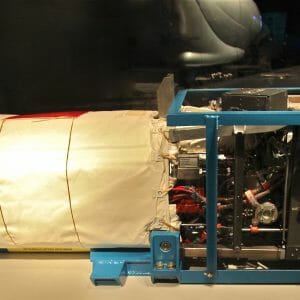 E - 1124 Fuel Cells–Green Power
E - 1124 Fuel Cells–Green Power 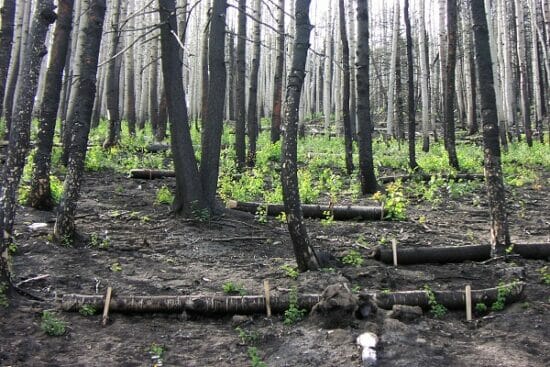





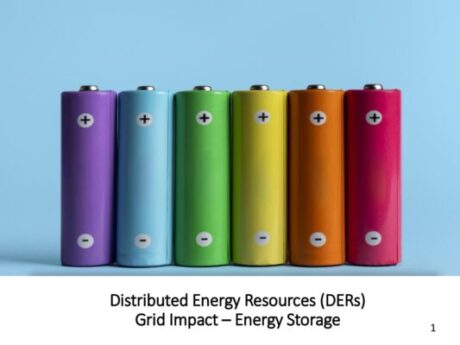
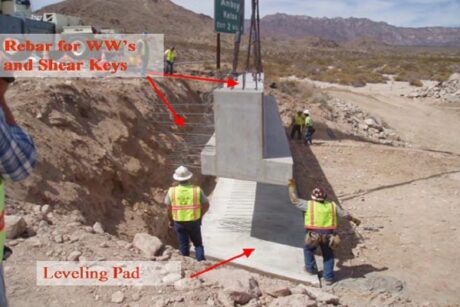
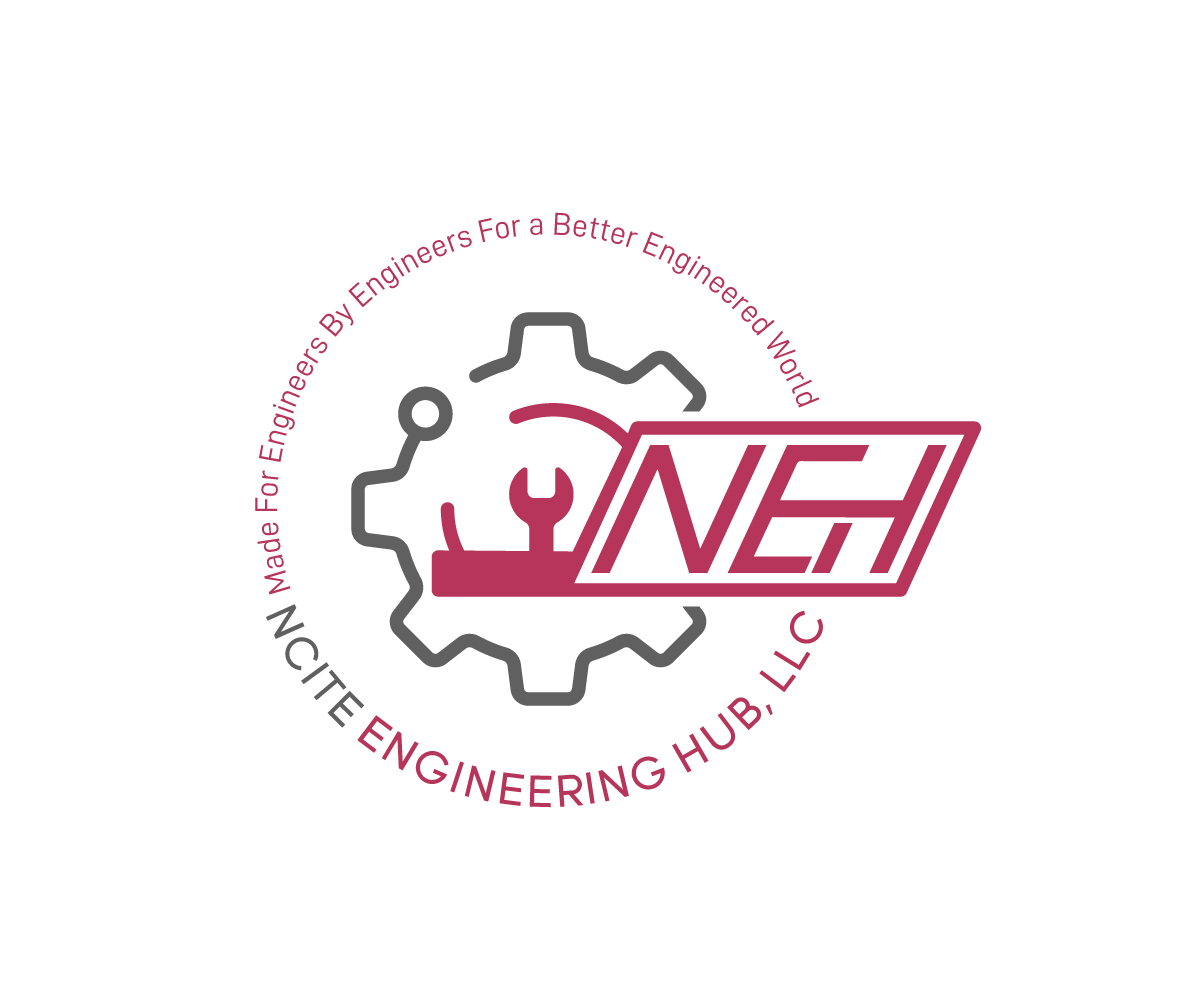
USEFUL COURSE AND INFORMATIVE TO ENVIRONMENTAL ENGINEERS AND WILD FIRE SPECIALISTS. GREAT TO SEE ALL THIS INFO WRAPPED UP NICELY FOR REVIEW AND REFERENCE.